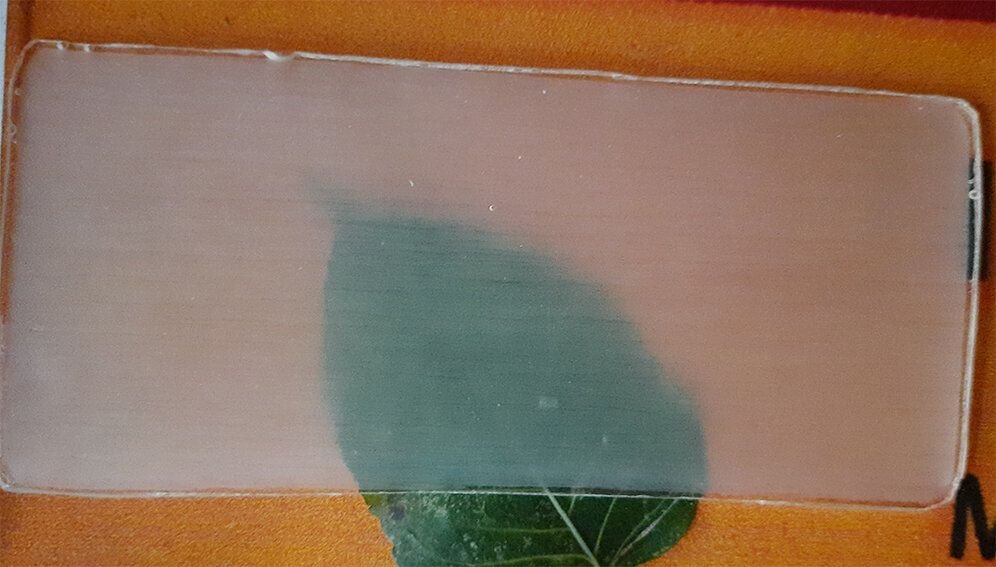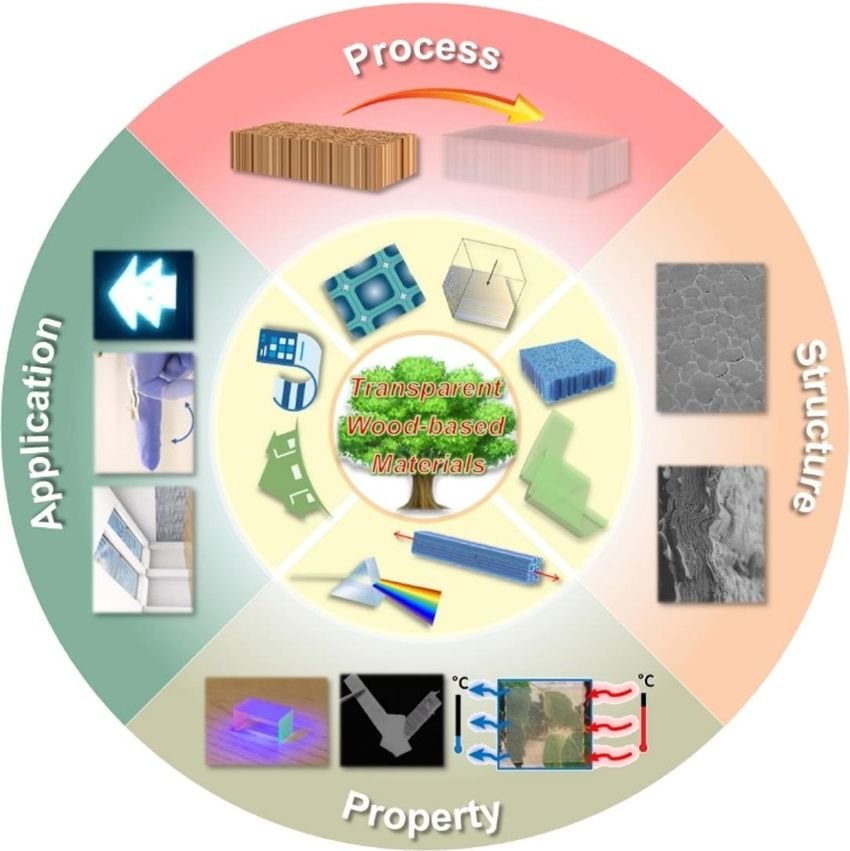Transparent wood is a new sustainable alternative that is likely to replace glass and plastics in the near future.

A study that published in the journal Science of The Total Environment, praises the new material "transparent wood" and states that it can reduce the ecological impact on the environment due to its renewable and biodegradable properties.
It also states that it is cost-effective, being five times more efficient than glass, thus significantly reducing energy costs.
The world currently produces about 400 millions tons of plastic waste every year, with levels of single-use (used and then thrown away) plastic ever-increasing, despite the ban on plastic straws and plates. The solution will likely be transparent wood as it seems to be the promising substitute material of the future.
Transparent wood as a material can replace environmentally harmful petroleum-based plastics such as polypropylene, polyvinyl chloride (PVC), acrylic, polyethylene, etc.

Hardware technology is not entirely new. It was originally developed in 1992 by the German scientist Siegfried Fink and after being improved by others researchers, transparent wood is now made by removing it lignin from wood and replacing it with transparent, plastic materials. Lignin is a natural biopolymer that supports plant tissue. Unlike plastics, it is biodegradable and non-toxic.
Plastics are used as a substitute for glass which is naturally fragile. However, transparent wood is another one better alternative from an ecological point of view proposal as its content in plastic parts is much less.
Anish M. Chathoth, assistant professor at the College of Forestry, Kerala Agricultural University, India, and clearwood researcher at the Institute of Wood Science and Technology, Bangalore, said that “clearwood is mostly grown using thin slices of wood. and has good strength like normal wood, but is lighter in weight.
The field applicationBecause of its multiple and advanced properties, it makes it ideal for building construction, energy storage, flexible electronics and packaging applications."





